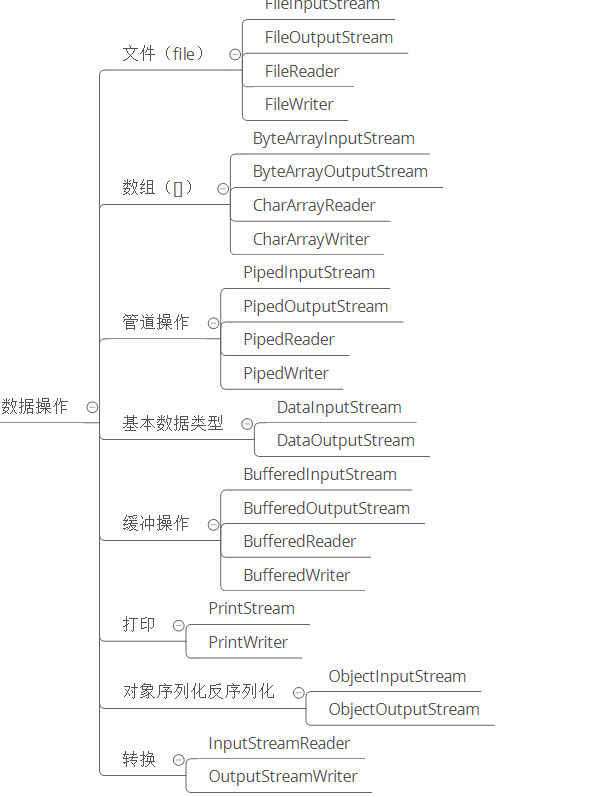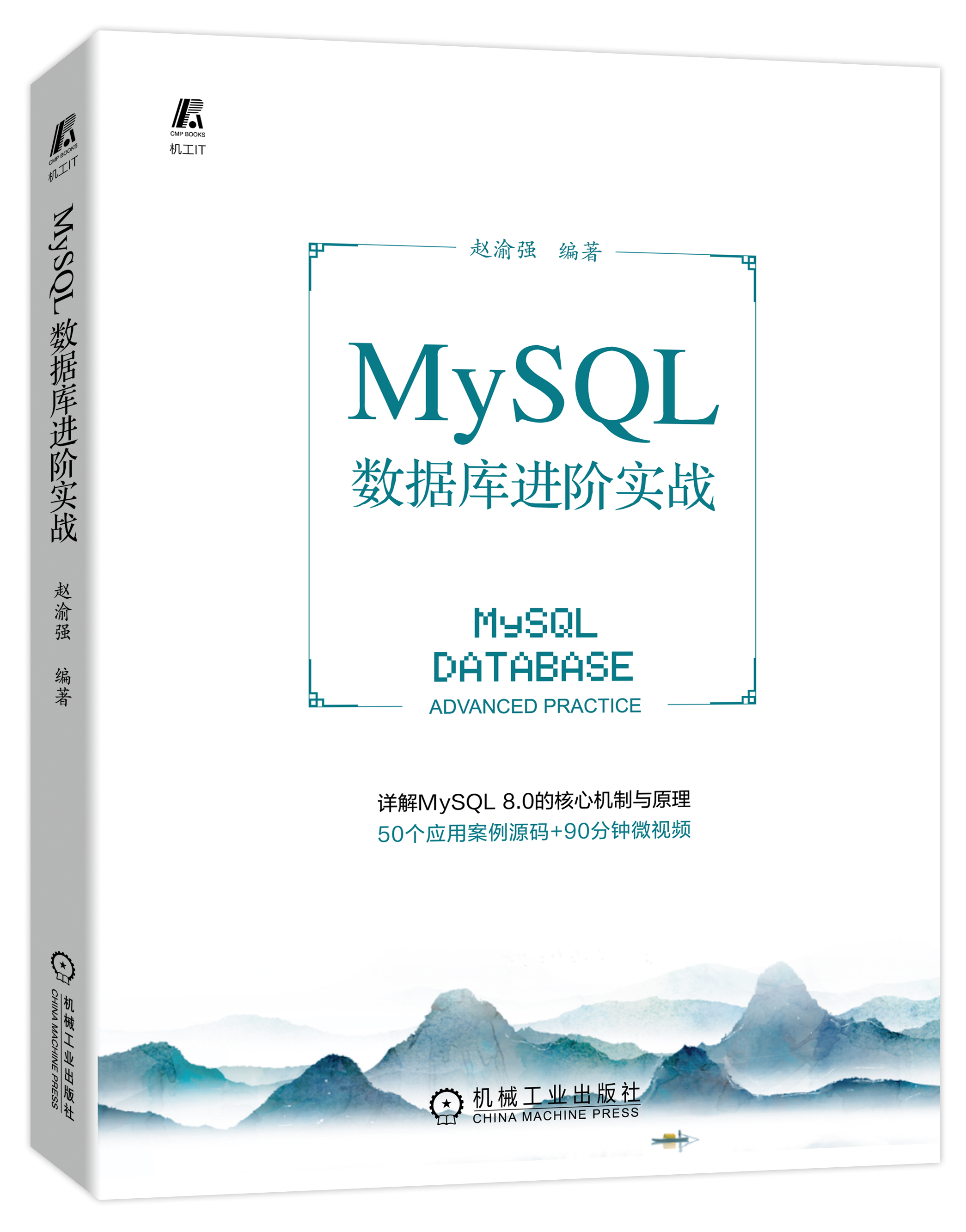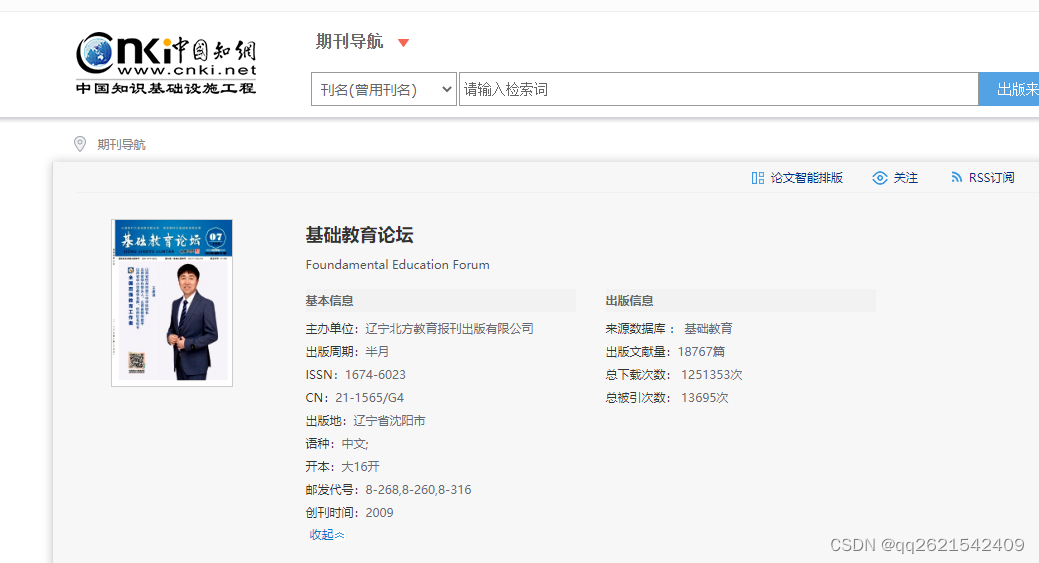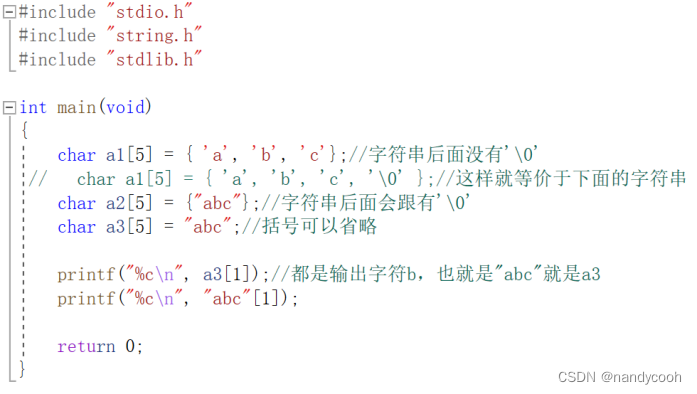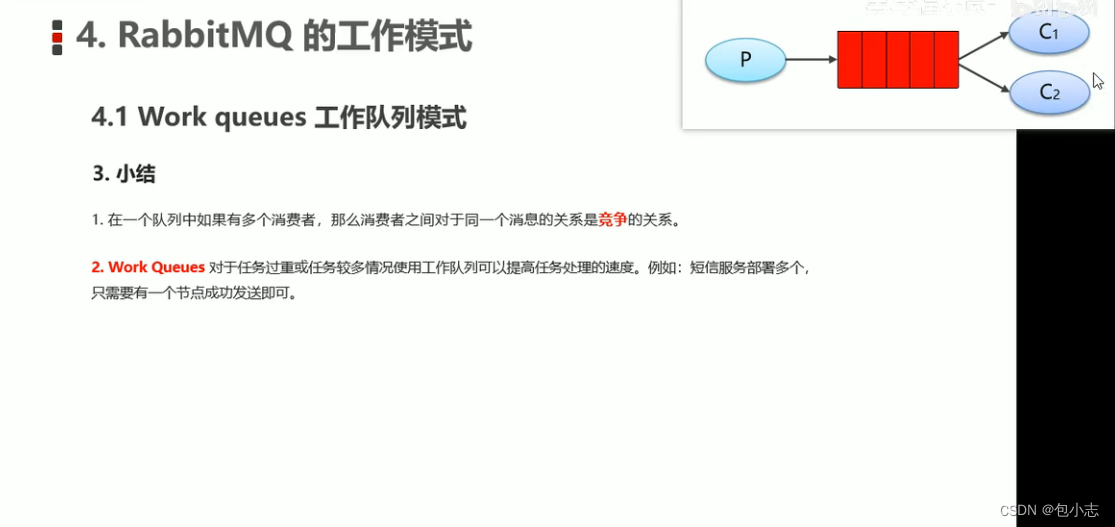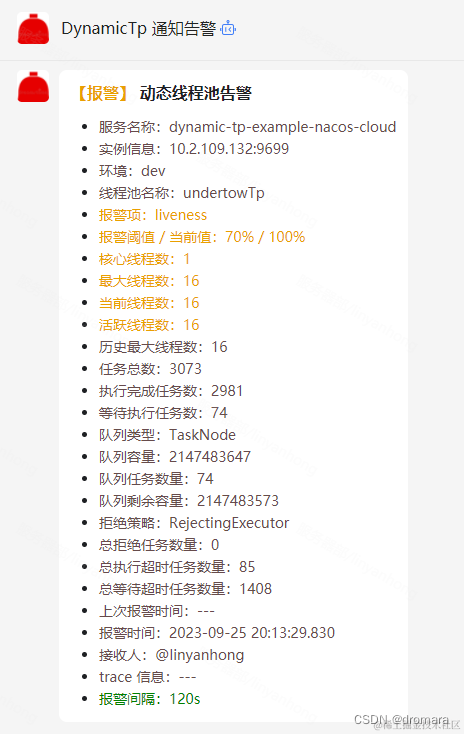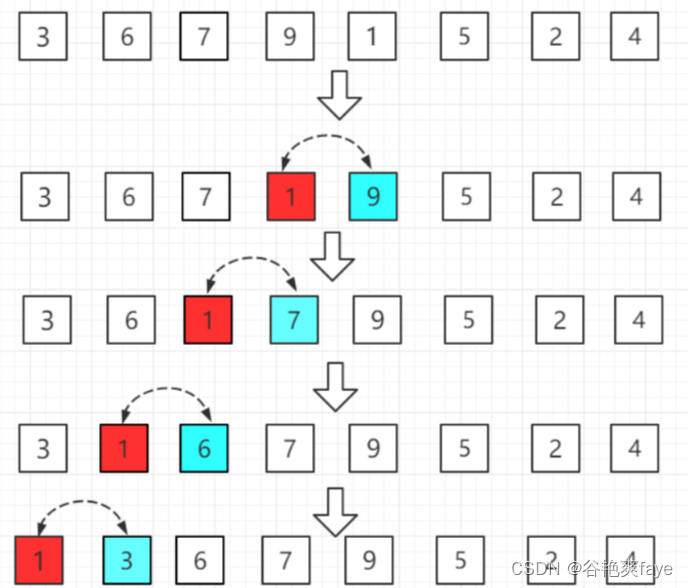目录
1 进程间通信介绍
2 无名管道
2.1 无名管道特点
编辑
2.2 读无名管道
2.3 写无名管道
3 有名管道
3.1 有名管道特点
3.2 写有名管道
3.3 读有名管道
掌握:进程间通信方式介绍、无名管道特点、无名管道创建、无名管道读写特性;有名管道特点、有名管道创建、有名管道读写
1 进程间通信介绍
无名管道(pipe)
有名管道 (fifo)
信号(signal)
共享内存(mmap)
套接字(socket) 开销较大,但是常用
System V IPC 不需要过度关注
共享内存(share memory) 不需要过度关注
消息队列(message queue) 不需要过度关注
信号灯集(semaphore set) 不需要过度关注
2 无名管道

2.1 无名管道特点
- 只能用于具有亲缘关系的进程之间的通信(父与子、兄弟)
- 单工的通信模式,具有固定的读端和写端(需要双工则创建2个管道)
- 无名管道创建时会返回两个文件描述符,分别用于读写管道
无名管道创建 – pipe
#include <unistd.h>
int pipe(int pfd[2]);- 成功时返回0,失败时返回EOF
- pfd 包含两个元素的整形数组,用来保存文件描述符
- pfd[0]用于读管道;pfd[1]用于写管道
无名管道通信
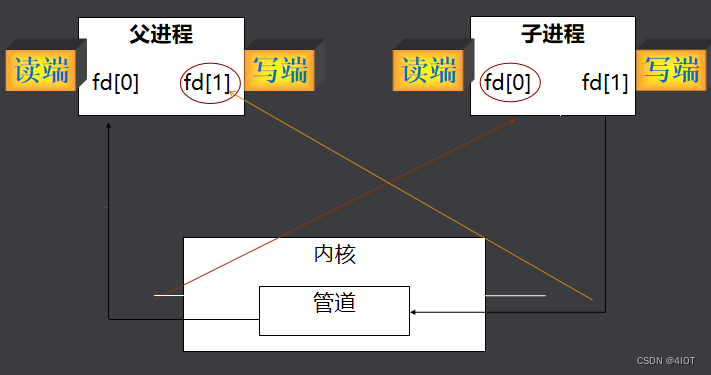
示例:
#include <stdio.h>
#include <unistd.h>
#include <string.h>
int main(){
int pfd[2];
int re;
char buf[20]={0};
pid_t pid;
re = pipe(pfd);
if(re<0){
perror("pipe");
return 0;
}
printf("%d,%d\n",pfd[0],pfd[1]);
//因为是无名管道是亲缘关系间通信,所以使用fork创建一个子进程
pid = fork();
if(pid<0){
perror("fork");
return 0;
}else if(pid>0){
//close(pfd[0]); //父写
while(1){
strcpy(buf,"hhahahahah");
write(pfd[1],buf,strlen(buf));
sleep(1);
}
}else{
//close(pfd[1]); //子读
while(1){
re=read(pfd[0],buf,20);
if(re>0){
printf("read pipe=%s\n",buf);
}
}
}
}
//运行结果
示例2:2个子进程写,一个父进程读
#include <stdio.h>
#include <unistd.h>
#include <string.h>
int main(){
int pfd[2];
int i;
int re;
char buf[40]={0};
pid_t pid;
re = pipe(pfd);
if(re<0){
perror("pipe");
return 0;
}
printf("%d,%d\n",pfd[0],pfd[1]);
for(i=0;i<2;i++){
pid = fork();
if(pid<0){
perror("fork");
return 0;
}else if(pid>0){
}else{
break;
}
}
if(i==2){
close(pfd[1]);
while(1){
memset(buf,0,40);
re=read(pfd[0],buf,40);
if(re>0){
printf("%s\n",buf);
}
}
return 0;
}
if(i==1){
close(pfd[0]);
while(1){
strcpy(buf,"this is 2 process");
write(pfd[1],buf,strlen(buf));
usleep(930000); //如果同时写,读会有一些字符串重叠乱码
}
return 0;
}
if(i==0){
close(pfd[0]);
while(1){
strcpy(buf,"this is 1 process");
write(pfd[1],buf,strlen(buf));
sleep(1);
}
return 0;
}
}
重点理解i = 2 是父进程,通过fork的返回值区分父进程和子进程
无名管道注意事项:
- 只能用于亲缘关系的进程间通信(父子进程,兄弟进程)
- 管道通信是单工的,一端读,一端写(程序实现设计好)。
- 数据自己读不能自己写

- 管道可以用于大于2个进程共享
2.2 读无名管道
读管道:
-管道中有数据,read返回实际读到的字节数。
-管道中无数据:
管道写端被全部关闭,read返回0 (好像读到文件结尾)
写端没有全部被关闭,read阻塞等待(不久的将来可能有数据递达,此时会让出cpu)
示例:写端关闭,读read=0

不关闭也不写,阻塞

2.3 写无名管道
写管道:
-管道读端全部被关闭, 进程异常终止(也可使用捕捉SIGPIPE信号,使进程不终止)
-管道读端没有全部关闭:
管道已满,write阻塞。(管道大小64K)
管道未满,write将数据写入,并返回实际写入的字节数。
示例:
#include <stdio.h>
#include <unistd.h>
#include <string.h>
#include <stdlib.h>
int main(){
int pfd[2];
int re;
char buf[20]={0};
pid_t pid;
re = pipe(pfd);
if(re<0){
perror("pipe");
return 0;
}
printf("%d,%d\n",pfd[0],pfd[1]);
pid = fork();
if(pid<0){
perror("fork");
return 0;
}else if(pid>0){
close(pfd[0]);
// close(pfd[1]);
int j=0;
while(1){
j++;
strcpy(buf,"hhahahahah");
for(int i=0;i<1000;i++){
write(pfd[1],buf,strlen(buf));
}
printf("write %d times\n",j);
sleep(1);
}
}else{
close(pfd[1]);
// close(pfd[0]);
sleep(30000);
exit(0);
while(1){
re=read(pfd[0],buf,20);
if(re>0){
printf("read pipe=%s\n",buf);
}else if(re==0){
printf("re=0\n");
}
}
}
}如何获取无名管道的大小?
循环写入管道,直到阻塞
统计循环次数
读端不存在 有空间 无空间 管道断裂!
如何验证管道断裂(进程被信号结束)?
子进程写管道
父进程回收
3 有名管道
3.1 有名管道特点
- 有名管道特点
- 有名管道可以使非亲缘的两个进程互相通信
- 通过路径名来操作,在文件系统中可见,但内容存放在内存中
- 文件IO来操作有名管道
- 遵循先进先出规则
- 不支持leek操作
- 单工读写
有名管道创建 – mkfifo
#include <unistd.h>
#include <fcntl.h>
int mkfifo(const char *path, mode_t mode);- 成功时返回0,失败时返回EOF
- path 创建的管道文件路径
- mode 管道文件的权限,如0666
有名管道读写 – 示例
进程A:循环从键盘输入并写入有名管道myfifo,输入quit时退出
进程B:循环统计进程A每次写入myfifo的字符串的长度
有个管道的打开
open(const char *path, O_RDONLY);//1
open(const char *path, O_RDONLY | O_NONBLOCK);//2
open(const char *path, O_WRONLY);//3
open(const char *path, O_WRONLY | O_NONBLOCK);//43.2 写有名管道
示例:注意不要创建在windows与linux的共享目录,因为win不支持
#include <sys/types.h>
#include <sys/stat.h>
#include <stdio.h>
#include <unistd.h>
#include <stdlib.h>
#include <fcntl.h>
#include <string.h>
int main(){
int re;
int fd;
char buf[32];
re = mkfifo("/myfifo",0666);
if(re<0){
perror("mkfifo");
//return 0;
}
fd = open("/myfifo",O_WRONLY|O_NONBLOCK);
if(fd<0){
perror("open");
return 0;
}
printf("after open\n");
while(1){
fgets(buf,32,stdin);
write(fd,buf,strlen(buf));
}
}
3.3 读有名管道
#include <sys/types.h>
#include <sys/stat.h>
#include <stdio.h>
#include <unistd.h>
#include <stdlib.h>
#include <fcntl.h>
#include <string.h>
int main(){
int re;
int fd;
char buf[32];
/*
re = mkfifo("/myfifo",0666);
if(re<0){
perror("mkfifo");
return 0;
}
*/
fd = open("/myfifo",O_RDONLY);
if(fd<0){
perror("open");
return 0;
}
printf("after open\n");
while(1){
re=read(fd,buf,32);
if(re>0){
printf("read fifo=%s\n",buf);
}else if(re==0){ //写退出,读程序的处理
exit(0);
}
}
}
读写效果:写终端操作输入,另一终端输出

/* create_fifo.c */
// 省略头文件
int main(void)
{
if(mkfifo(“myfifo”, 0666) < 0)
{
perror(“mkfifo”);
exit(-1);
}
return 0;
}
注意事项:
- 1 就是程序不能以O_RDWR(读写)模式打开FIFO文件进行读写操作,而其行为也未明确定义,因为如一个管道以读/写方式打开,进程可以读回自己的输出,同时我们通常使用FIFO只是为了单向的数据传递
2 第二个参数中的选项O_NONBLOCK,选项O_NONBLOCK表示非阻塞,加上这个选项后,表示open调用是非阻塞的,如果没有这个选项,则表示open调用是阻塞的。
3 对于以只读方式(O_RDONLY)打开的FIFO文件,如果open调用是阻塞的(即第二个参数为O_RDONLY),除非有一个进程以写方式打开同一个FIFO,否则它不会返回;如果open调用是非阻塞的的(即第二个参数为O_RDONLY | O_NONBLOCK),则即使没有其他进程以写方式打开同一个FIFO文件,open调用将成功并立即返回。
4 对于以只写方式(O_WRONLY)打开的FIFO文件,如果open调用是阻塞的(即第二个参数为O_WRONLY),open调用将被阻塞,直到有一个进程以只读方式打开同一个FIFO文件为止;如果open调用是非阻塞的(即第二个参数为O_WRONLY | O_NONBLOCK),open总会立即返回,但如果没有其他进程以只读方式打开同一个FIFO文件,open调用将返回-1,并且FIFO也不会被打开。
5 数据完整性,如果有多个进程写同一个管道,使用O_WRONLY方式打开管道,如果写入的数据长度小于等于PIPE_BUF(4K),那么或者写入全部字节,或者一个字节都不写入,系统就可以确保数据决不会交错在一起。

